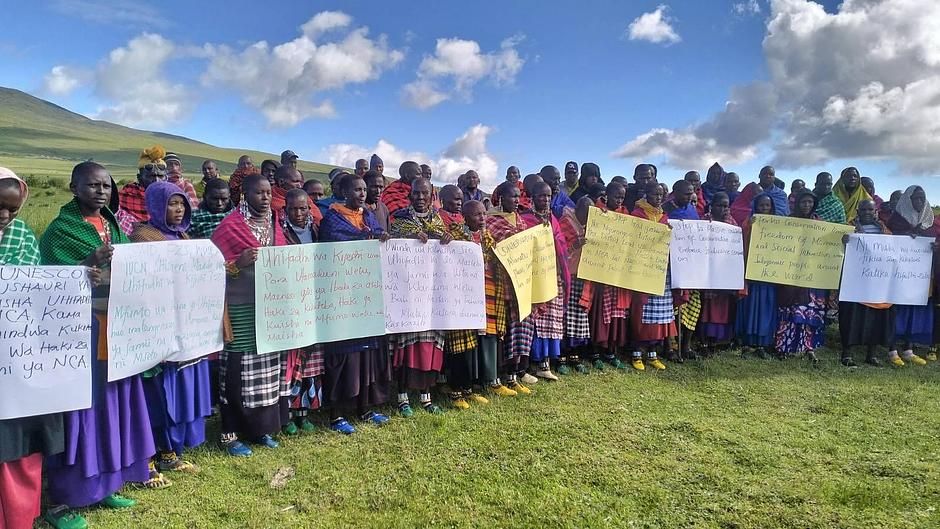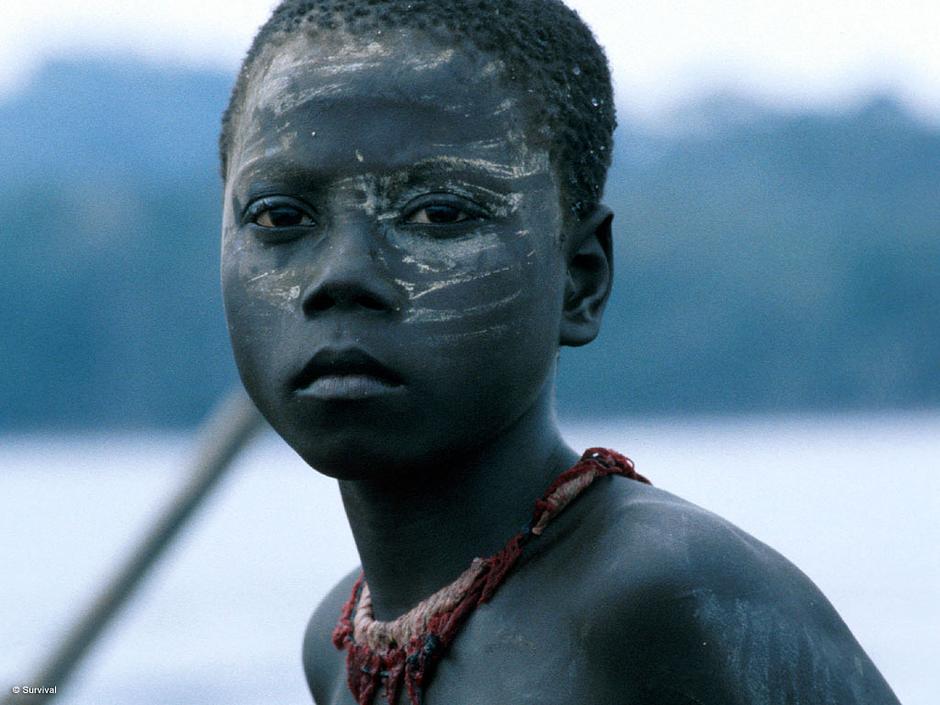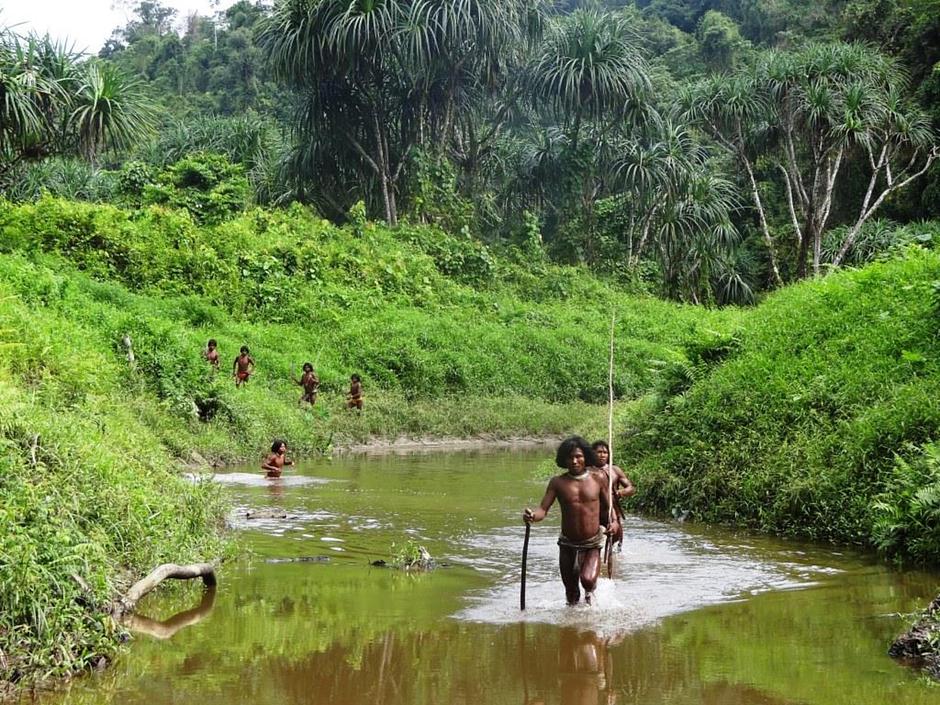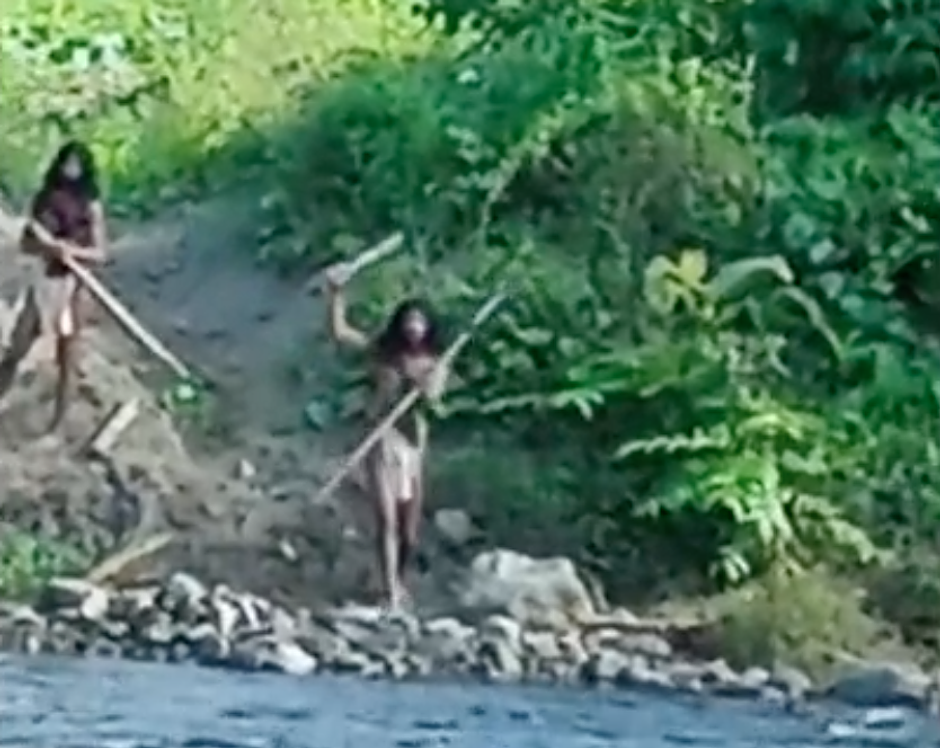Ten big changes in fifty years of fighting for tribal peoples
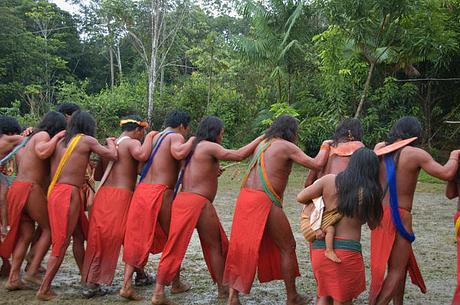
by Stephen Corry
Survival International was founded in 1969 by a few concerned individuals in London. In the last fifty years it’s grown into a global movement for tribal peoples with offices in several countries and supporters in over a hundred. Here’s my overview of what’s changed over the last half century.
The bad news
Erosion of human rights
Potentially the worst news of all is that the march towards universal human rights and progressive thinking since the end of WWII, and the subsequent fall of the Iron Curtain, has now seen serious knockbacks worldwide. Many, including me, naively thought it was slow, but incremental and unstoppable. I was wrong. Many leaders and governments no longer seem to care about how bad their international image is. Scandal follows scandal, and the broad consensus that respect for human rights is an essential component of what humanity should be striving for in the 21st century seems to be rapidly fading.
No one knows whether the notion of human rights was just an ephemeral, historical blip, germinating a couple of centuries ago (based on far more ancient ideas) and growing in the decades after the Holocaust. Is it now beginning to wither? Has it given way to a new era characterized by both religious fundamentalism (whether Christian, Muslim, Jewish, Hindu or Buddhist) and naked nationalism, or will the tide turn back in its favor?
Brazil’s new president, Bolsonaro, for example, wants Indigenous rights eroded, with policies setting the clock back to 1969, the same year Survival was founded as a response to the genocide in that country. The Indians there are often both human rights and environmental defenders. They and others fulfilling these roles are now more threatened than ever.
Colonial conservation
What is still gaining traction on the other hand is a wide acceptance that conserving the planet’s ecosystem is a vital and universal responsibility. It may have become an article of faith ideologically, but many different solutions are being advanced – some of them mutually conflicting. Tragically, the approach with the most power, money, and longest history, is also the one which seeks to kick tribal and other local people off their lands, without being much bothered about how badly they are treated as a result.
It’s called “fortress conservation” and is growing, with the establishment of more and more so-called protected areas. In many countries – especially in Africa – local people view this as land theft and another wave of colonialism. It’s now as big a threat to tribal peoples as mining or logging, and has even become the greatest threat of all in some places. Individuals are killed and some peoples have been destroyed as a result.
The crime is compounded by the fact that tribal peoples are generally far better guardians of the environment than anyone else, and that alienating them and other local people from protected areas is likely to increase attacks on those areas, and so be self-defeating for conservation goals.
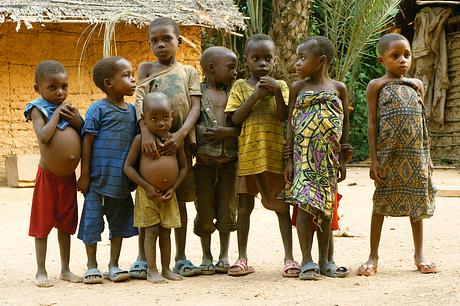
Resource extraction
As plans grow to “conserve” lands emptied of their historic inhabitants, so does the pressure to extract riches, especially petroleum and minerals, but also supposedly “green” resources such as hydropower and crops like soybeans and oil palm. This is reaching into areas more and more remote from population centers. These are the same places where the most vulnerable tribal peoples, including uncontacted ones, have maintained their refuges against a hostile outside society. The extractive frontier now delves ever deeper into their lands, with many corporations destroying both them and the ecosystems they’ve nurtured for generations. In Amazonia, for example, much of the forest still standing is only because it lies within tribal territories. The onslaught is compounded by the new or renewed assertion of imperial superpower status by Russia and China, bringing more demands which are met by corporations unconcerned about human rights or any reputational damage.
Thousands of “causes”
Fifty years ago, there were a limited number of non-governmental (NGOs) and religious organizations working on a relatively small number of important “causes” (poverty, health, vulnerable people’s welfare, emergency relief and first-aid, anti-racism, and so on). Many were independent of government or corporate backing.
Now there are literally tens of thousands of causes. Many are worthy, but most are vying for the same public attention and money. Some are of dubious worth, though they might employ slick and efficient marketing and have convincing presentations. Many, both good and bad, are funded by governments or corporations, though often this is not made obvious.
This “competition of causes” has grown fierce and confusing, and genuine mutual support among NGOs, which was once common, is now rare, in spite of countless “partnerships.” (One of Survival’s first paid staffers, for example, was from Oxfam and continued to receive her Oxfam salary.) The public is deluged with ten thousand causes, and some are simply fake. For example, dozens of scam websites and supposed “charities” now pop up after all major natural disasters. How are people to choose who to believe, who best to stand with or help?
End of the road
Certainly, the biggest tragedy of all for Survival over the last fifty years is that many tribes, such as the Bo of the Andaman Islands, have completely ceased to exist or are now reduced to a handful, or even a sole, survivor, like the so-called “last of his tribe” in Brazil. This has happened most acutely in lowland South America, but also elsewhere.
The good news
The tribal voice
Fifty years ago, outsiders’ proposed solutions to the “problem” of tribal peoples were largely taken to be promoting either “integration” or “isolation.” Even many who were genuinely concerned about tribes’ fates did not really consider that choices about their futures must be up to them only. This ideology of “self-determination” did not figure much in the 1960s, though it was soon adopted, for example by Survival after our exposure to Indigenous peoples’ own movements.
That is the most important key positive difference between now and then: Tribal peoples in many places have grown their own organizations and alliances to press for their defense and their rights. For example, many are using social media as well as Survival’s “Tribal Voice” project to amplify their concerns and generate public action in their support. This has not happened to the same extent everywhere, and there have been many setbacks, false starts, and inappropriate co-option by government, corporations or religious groups, but the overall trend has been forward-looking and progressive.
Different tribal peoples have become much more aware that they face the same problems in different countries. It remains true, however, that Survival workers are still met with incredulity when they explain this to some tribespeople, especially those less in contact with the mainstream. The psychological effect of realizing they are not alone in their struggle can itself be empowering. We’ve been told this dozens of times.
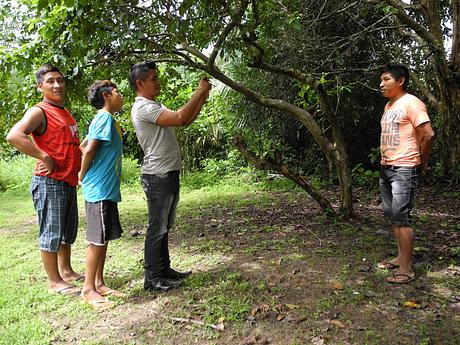 © Survival
© Survival
Public and government awareness
Fifty years ago, much of the mainstream public and media had little or no idea tribal peoples even still existed. It was widely thought they had disappeared or that they would inevitably do so. Many today still believe the latter, but few (at least of those with an interest in world affairs) now deny the existence of this important sector of humanity. Obviously, the degree of awareness varies from country to country, but the public movement in defense of tribal peoples’ rights has grown from a few hundred concerned voices to hundreds of thousands speaking up in their support.
Governments in some countries, especially North American, have admitted their responsibility for some of the destruction brought by former policies, particularly in the brutality of residential schooling for tribal children, though this tragedy still continues in other continents.
Several other governments, particularly in Asia and Africa, once routinely denied the existence of Indigenous or tribal minorities within their borders, claiming either that “everyone” was Indigenous or that none were “tribal.” Although some still adhere to this position, it rings increasingly hollow and has diminished.
Half a century ago, many people living near tribal people didn’t even believe it was wrong to mistreat or kill them. Few can now claim such ignorance.
Uncontacted tribes
Although the existence of uncontacted tribes was denied by the mainstream media as recently as ten years ago, it is now widely accepted that they do exist. In fact, Survival knows of far more uncontacted tribes than anyone, including us, thought possible fifty years ago. They are, without doubt, the most vulnerable peoples on the planet and unless their lands are protected, they will almost certainly be destroyed.
Their extreme vulnerability to outside diseases was little known until it was projected to the forefront of the news by Survival’s reaction to the killing of an American missionary in the Andaman Islands in 2018. It’s difficult now to claim that first contacts can happen without deaths from introduced disease. This has been proved repeatedly, especially in Brazil.
Successes
When Survival started, many experts predicted there would be no more Amazon Indians at all by the end of the 20th century. That hasn’t happened. Many tribal people have successfully been able to defend their lands or, for less contacted people, seen them protected by outside action. Survival itself has directly contributed to, and often been instrumental in securing, hundreds of specific successes: Land has been recognized, invaders expelled, or evicted tribes been able to return to their ancestral homelands. Two key examples, which wouldn’t have happened without Survival, were securing Yanomami land in Brazil, the largest area of rainforest in the world under Indigenous protection, and forcing the Botswana government to reverse its policy of expelling the Bushmen from their lands. We’ve also been a key in halting industrial exploitation in many tribal areas, such as Niyamgiri in India, in halting contact expeditions to the Sentinelese and in stopping the government forcing the little-contacted Jarawa into settlements. It’s unlikely that either Andaman Islands’ tribes would have survived without these policies being changed.
Survival has persistently challenged racist stereotypes of the “brutal savage” – who is inevitably, supposedly on the point of dying out. This work has significantly improved depictions of tribal peoples, though there remain many lacunae.
The law
Both international norms and several national laws have moved in favor of tribal peoples’ rights. An American Declaration on the Rights of Indigenous Peoples was adopted by the Organization of American States in 2016, and a good UN declaration on the same subject (UN Declaration on the Rights of Indigenous Peoples – UNDRIP) was approved in 2007 after decades of debate. Four countries initially voted against it: USA; Canada; Australia; and New Zealand. These are the main parts of the world where Britain reduced the Indigenous peoples to penury, killing many as it did so. All countries eventually accepted UNDRIP was here to stay. The relevant international convention (International Labor Organization, 169) was updated in 1989 better to reflect real issues. Spain’s ratification of this law in 2007 was a result of Survival’s work. By themselves, laws change nothing, but they do set benchmarks and can be important drivers in eventually changing attitudes.
The future
Crystal-ball gazing is often fruitless and very few of the big events which can later be seen to have changed world history were accurately predicted at the time.
I don’t know what the future will bring, but unless there is even more widespread killing and draconian levels of state repression, the voices of tribal peoples asserting their rights are likely to grow stronger and stronger. Their roles in both the defense of their own lands, and in environmental protection more generally, are increasingly recognized on the world stage. Their deep understanding of their own environments – albeit often expressed in a different language to that of Western science – could and should be embraced by a world in which human rights and genuine environmental stewardship are returned to center stage. This would be a great step forward for them, for nature, and for all humanity. Biodiversity is crucial to the wellbeing of all and so is human diversity, and that’s now largely represented by tribal and Indigenous peoples around the world.
__________
More than 150 million men, women and children in over 60 countries live in tribal societies. Find out more about them, the struggles they face, and how you can help – sign up to our mailing list for occasional updates.


